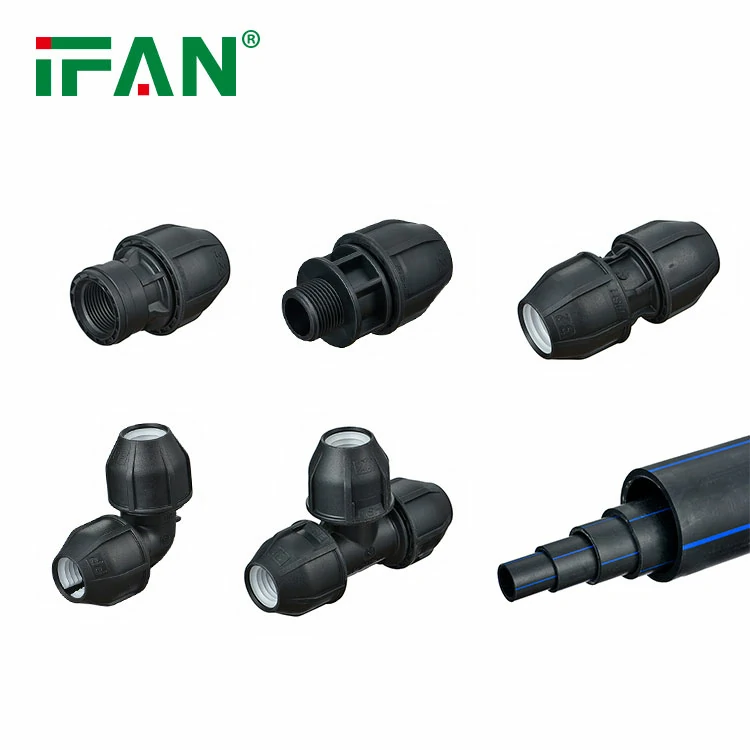Introduction to Compression Fittings
A compression fitting is a crucial component in plumbing and piping systems. It creates a secure, leak-free connection without soldering or welding. Proper tightening ensures its effectiveness and longevity. Understanding the correct tightness is essential for reliable performance.
The Importance of Proper Tightening
Properly tightening a compression fitting prevents leaks and ensures a secure connection. Over-tightening can damage the fitting or tube, while under-tightening may cause leaks. Striking the right balance is key to maintaining system integrity. Follow manufacturer guidelines for best results.
Tools Needed for Tightening
Using the right tools is essential for tightening a compression fitting. Adjustable wrenches or spanners are commonly used. Ensure the tools are in good condition to avoid slipping or damaging the fitting. Proper tools help achieve the correct tightness efficiently.

Steps to Tighten a Compression Fitting
First, ensure the tube is cut cleanly and inserted fully into the fitting. Hand-tighten the nut to align the components. Use a wrench to turn the nut an additional one to two full turns. Avoid excessive force to prevent damage.
Signs of Proper Tightness
A properly tightened compression fitting should feel snug and secure. Check for leaks by running water or gas through the system. If leaks persist, tighten the fitting slightly more. Ensure the fitting remains aligned and undamaged.
Common Mistakes to Avoid
Over-tightening is a common mistake that can crack the fitting or crush the tube. Under-tightening may result in leaks or loose connections. Using incorrect tools or skipping hand-tightening can also cause issues. Follow the correct procedure for optimal results.
Applications and Tightening Variations
Different applications may require slight variations in tightness. Residential plumbing often needs moderate tightness. High-pressure systems, like gas lines, may require slightly more turns. Always consider the specific application and system requirements.
Conclusion
Properly tightening a compression fitting ensures a secure and leak-free connection. Use the right tools and follow manufacturer guidelines to achieve the correct tightness. Avoid common mistakes like over-tightening or under-tightening. With proper care, a compression fitting provides reliable and long-lasting performance.

